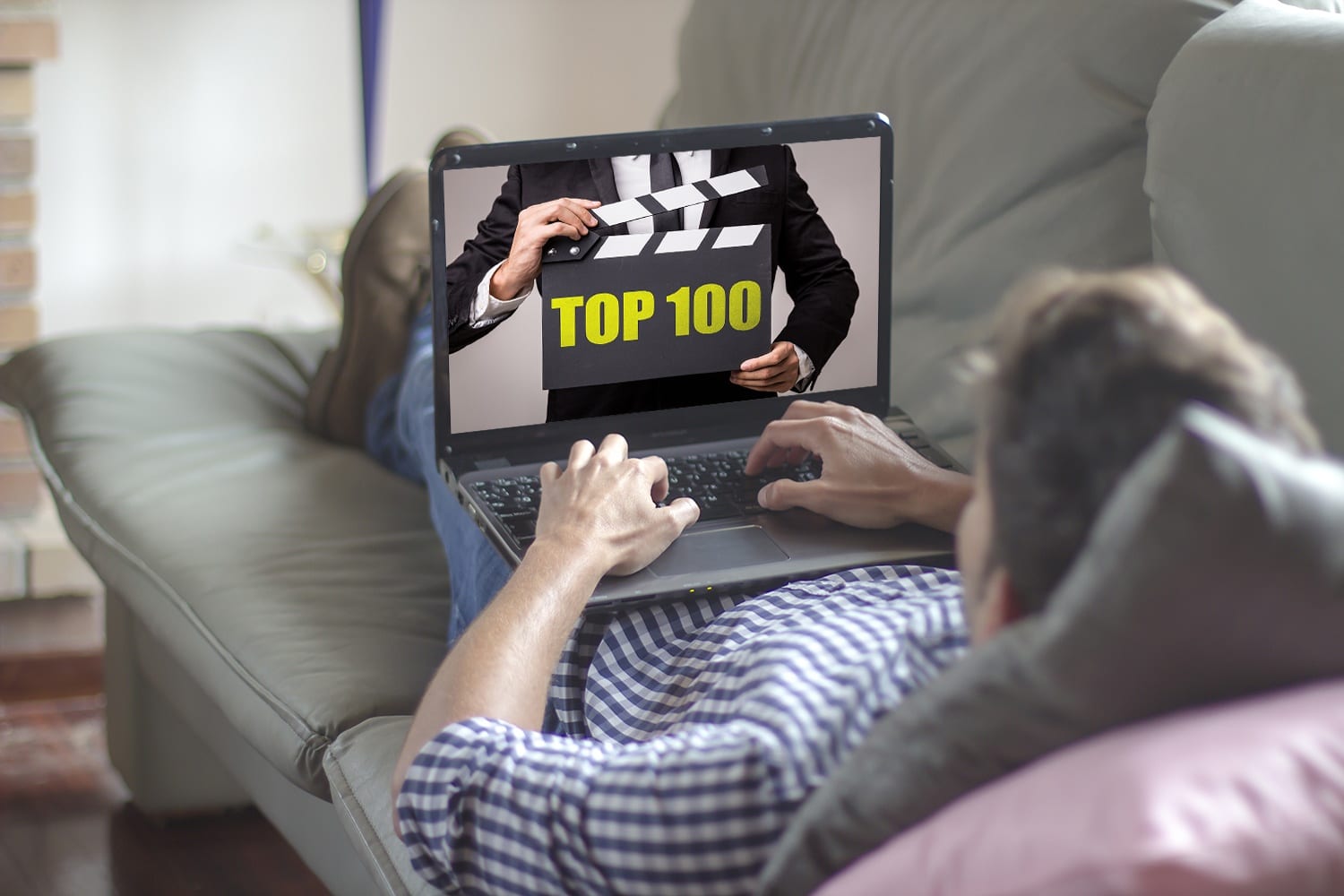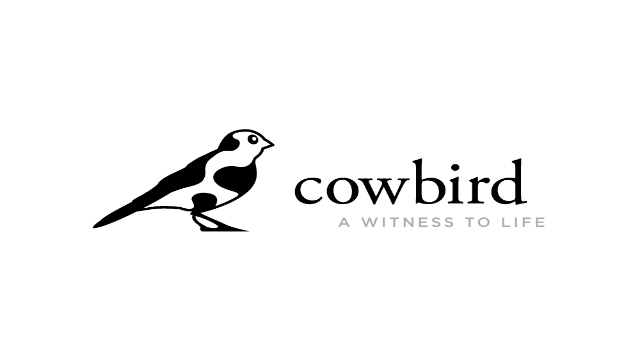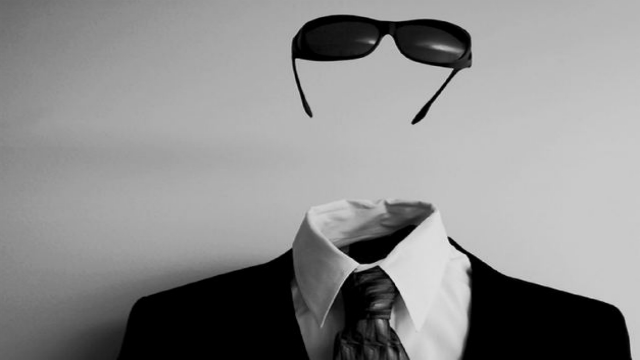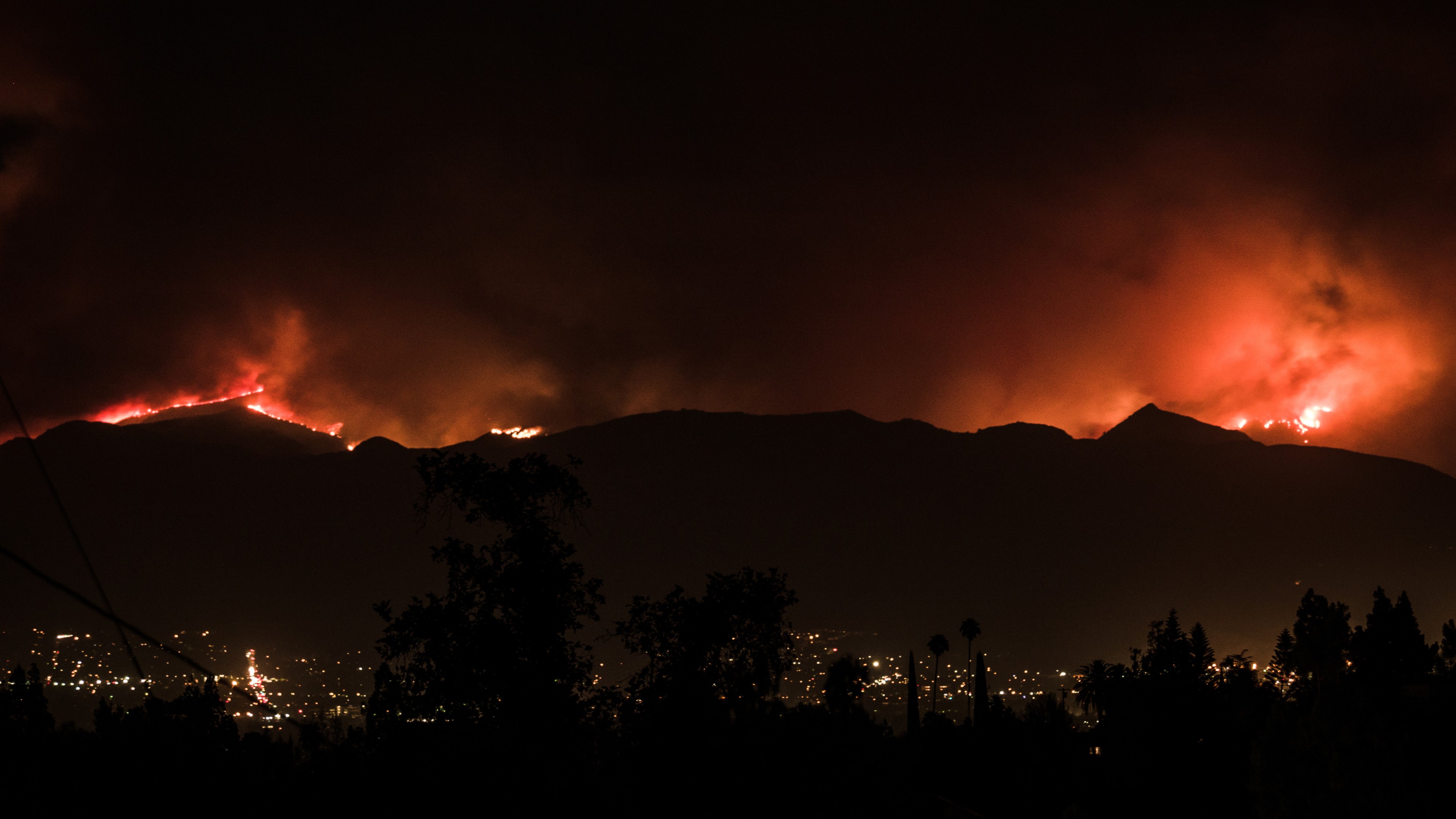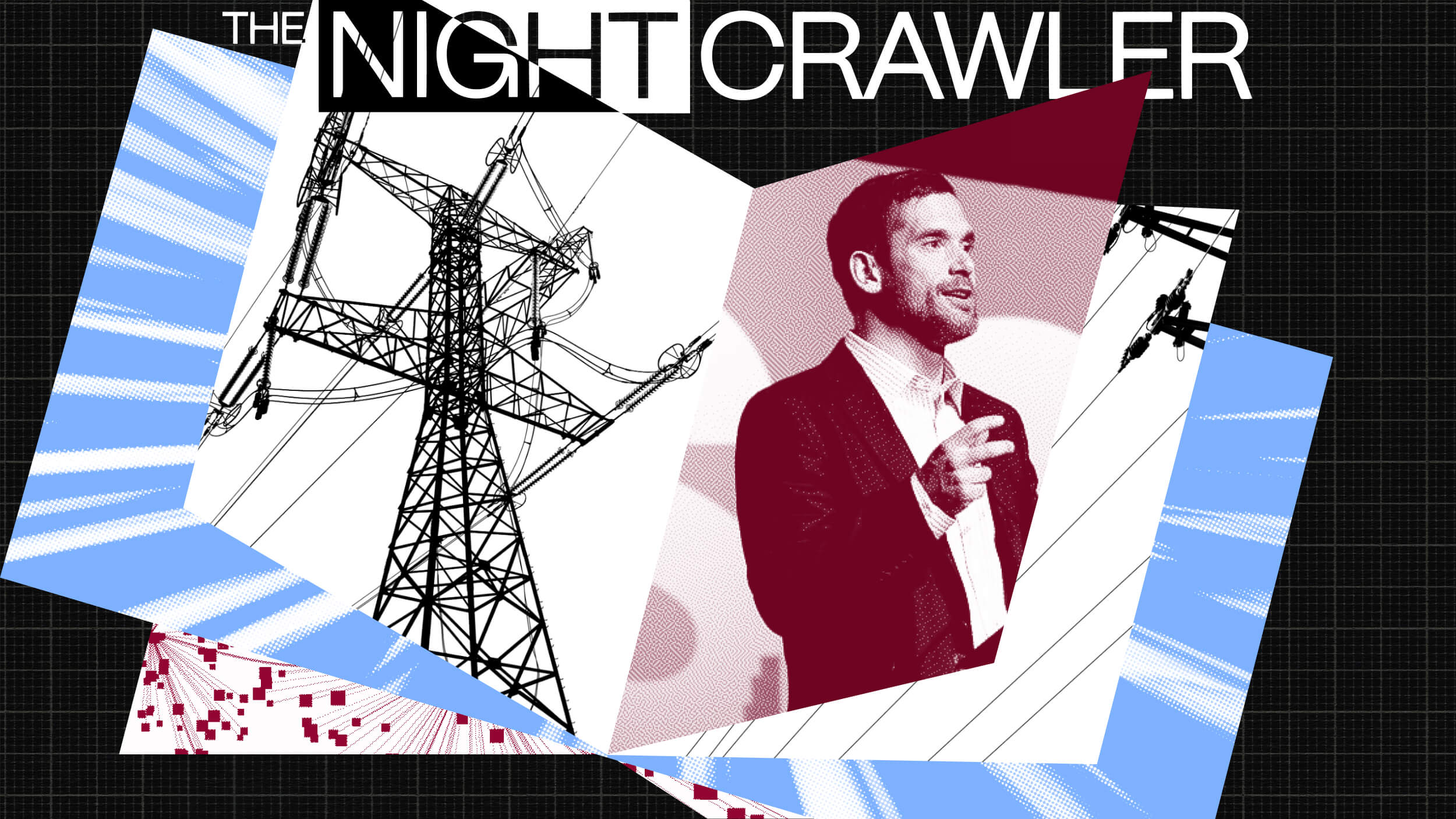Artist Jonathan Harris describes four trends that are reshaping culture in the digital age: Compression, Disposability, Curation, and Self-Promotion, and takes steps to counteract them.
I really see Twitter, and Facebook to a slightly lesser extent, but really Twitter as routing devices for human attention. They are very good at that. They’re effectively providing our species with a common nervous system, which we can use to transmit signals to each other. And so, when there's something that is a very provocative or disturbing signal or a very beautiful signal, it’s a great system to get a lot of humans’ attention directed at that thing very, very quickly, and that can actually happen in a matter of moments now or minutes.
I think as self-expressive mediums they’re less elegant, and I actually don't think they’re designed to be self-expressive mediums in the same way that a blank piece of paper and a pen is designed to be a self-expressive medium. And so, when I think about, like, Cowbird and how it relates to services like Twitter and Facebook, I really see Twitter and Facebook as routing devices that can route attention to experiences and Cowbird stories more as the experiences themselves.
I had noticed a few trends happening in online culture in general but also just in culture more generally over the last few years, and there were really four that sort of struck me as things that I wanted to transform and to reverse a little bit.
The first one is compression. One thing we’ve seen, actually predating the Web but accentuated with the Web, is the compressing and shortening and speeding up of communication. So you can go back to like letter writing, which gave way to eventually telephone calls, which then gave way to faxes, which then gave way to e-mails, which then gave way to text messages and chats and tweets. And each successive level gets like more and more compressed and shorter and faster, and we’re sort of like hovering at the tweet right now, and it was unclear to me that there's another level of compression after that. There maybe is one more, like maybe we start grunting at each other or something. But we’ve pretty much hit a kind of terminal velocity, I think, in terms of how fast communication can go.
So then you ask the question, like what happens after that and do we continue to do that mode or do we hit some kind of wall and bounce back in the other direction craving a little more depth and substance again? I was betting on that happening and wanting to help that happen, so this first trend of compression I was interested in transforming into a kind of deepening -- not necessarily a lengthening, because I think that our brain chemistry is actually different now and you cannot expect a large portion of the planet to sit down and read a 500-page novel anymore or even go to watch an opera for three hours anymore. Some people will do that, but those are not the mediums that are going to resonate most broadly with the human species right now. I think you have to understand the time you're living in and what are the most resonant mediums of that time and then design to those.
Related to that was this second trend I had noticed, which was a kind of disposability, like a lot of the stuff that we put out there into the world as individuals we have this sort of complicit understanding that it’s going to be swallowed up and replaced moments after we publish it by the torrent of new stuff that comes after it. There's this sense of just expressing yourself in a kind of disposal way that won't have any sort of lasting impact.
This was very different from something I had experienced when I was younger, when I was a lot younger, and when I was working more with physical art. I used to keep these incredibly meticulous sketchbooks filled with plants and ticket stubs and dead insects and watercolor paintings and writings and all of this stuff. They were like this sort of living testimony of my life every day. And they were incredibly time consuming to make, but each time you added a page, it got more and more beautiful, the overall thing got more and more beautiful. And over the course of years, you just have these incredibly meaningful objects that are kind of a mirror of your lived experience.
And so that kind of timelessness, that slowly building something over time which becomes more and more beautiful over time, I had never had that feeling on the Internet, like everything on the Internet was always about the moment. But not even in the kind of like new age-y, Buddhist sense of being very present, but just more in terms of novelty, like what's new, what's the latest, what's the latest. And so I was interested in taking that sort of disposability and trying to transform it into a timelessness.
The third major trend I noticed was curation, so people were increasingly expressing themselves through the stuff that they thought was cool. So there are Web services like Pinterest and Tumblr and Twitter and Facebook, which have really encouraged this type of self-expression in our culture. It’s a lot easier than creating things directly -- to assemble lists is easier than to come up with original stuff. It’s kind of like walking into someone's apartment and like judging them by what they have hanging on their walls instead of talking to them. So I was interested in taking this curation and turning it into like just creation again.
Then the fourth trend I noticed was this kind of self-promotion, this like life as an advertisement. This is something I think we all feel to different degrees when we fill out our Facebook profiles and when we develop these online personas for ourselves. There’s this way that we try to advertise ourselves and look as awesome as we possibly can, like look how hot my girlfriend is, look how wild my party was, look how fun my vacation was, all of these things. But I think that creates a lot of unhealthy tendencies in people because you start comparing yourselves to others, you’re always looking for ways to look cooler than you are. It leads to insecurity and anxiety. So I was interested in taking that self-promotion and turning it into more of a contemplative self-reflection.
Directed / Produced by
Jonathan Fowler & Elizabeth Rodd

